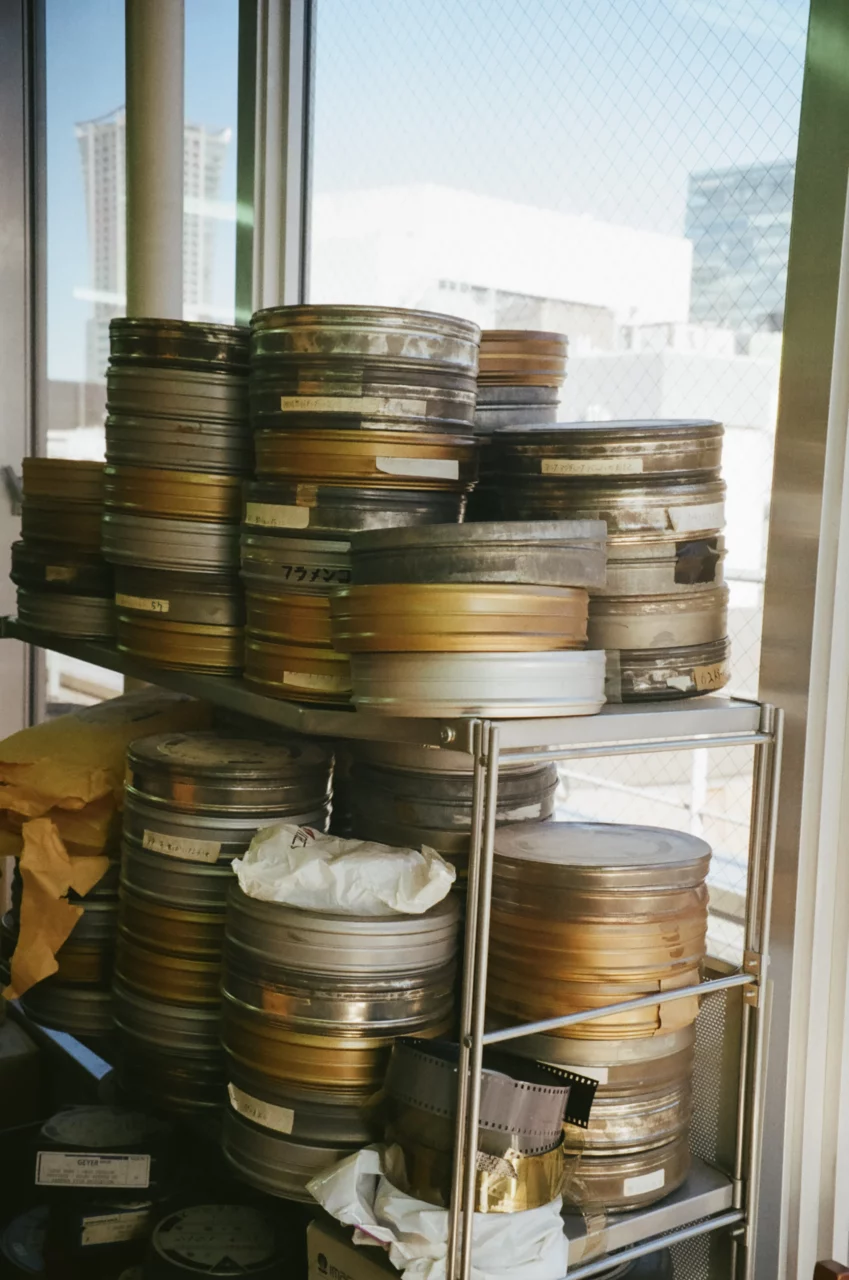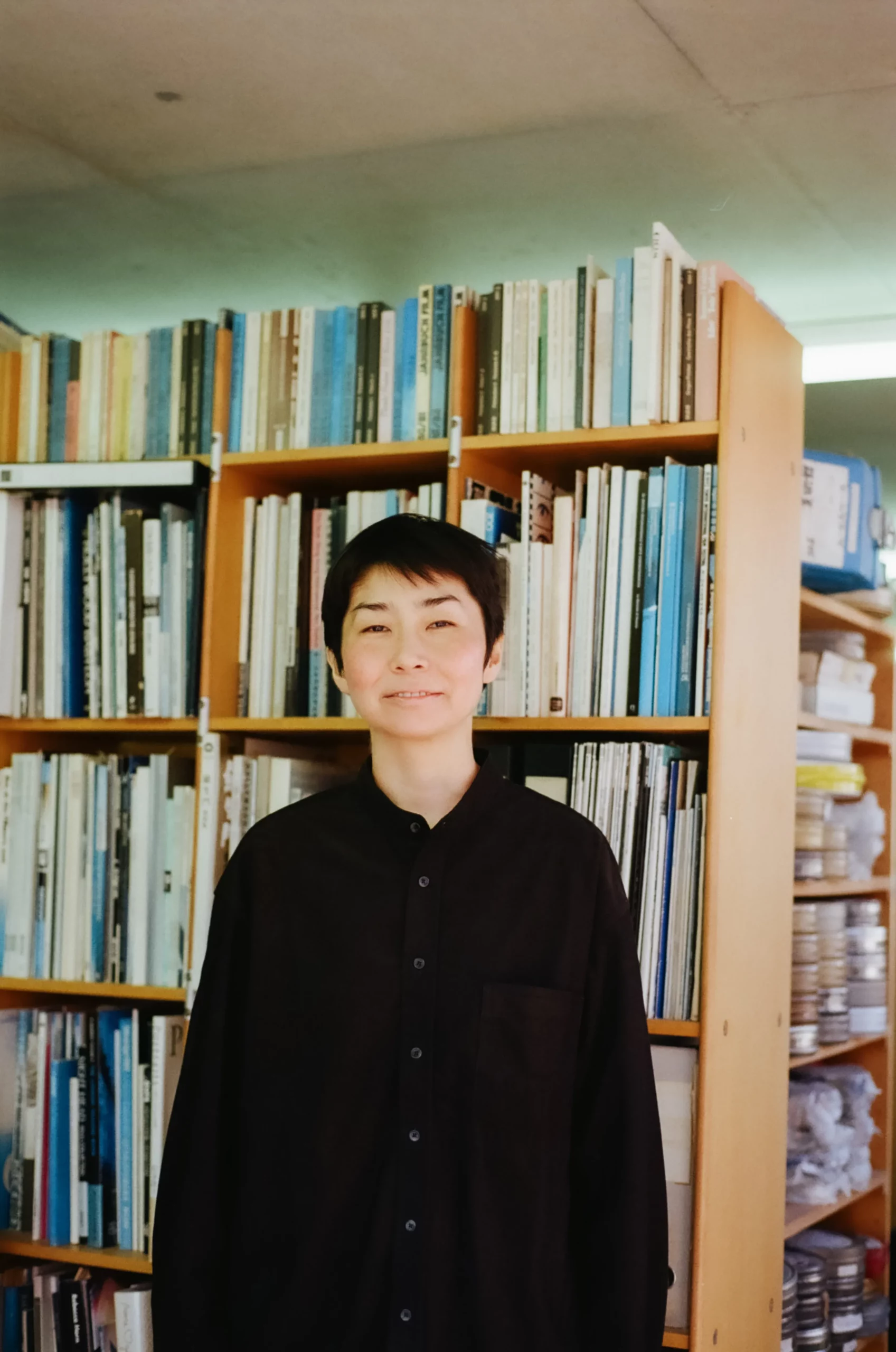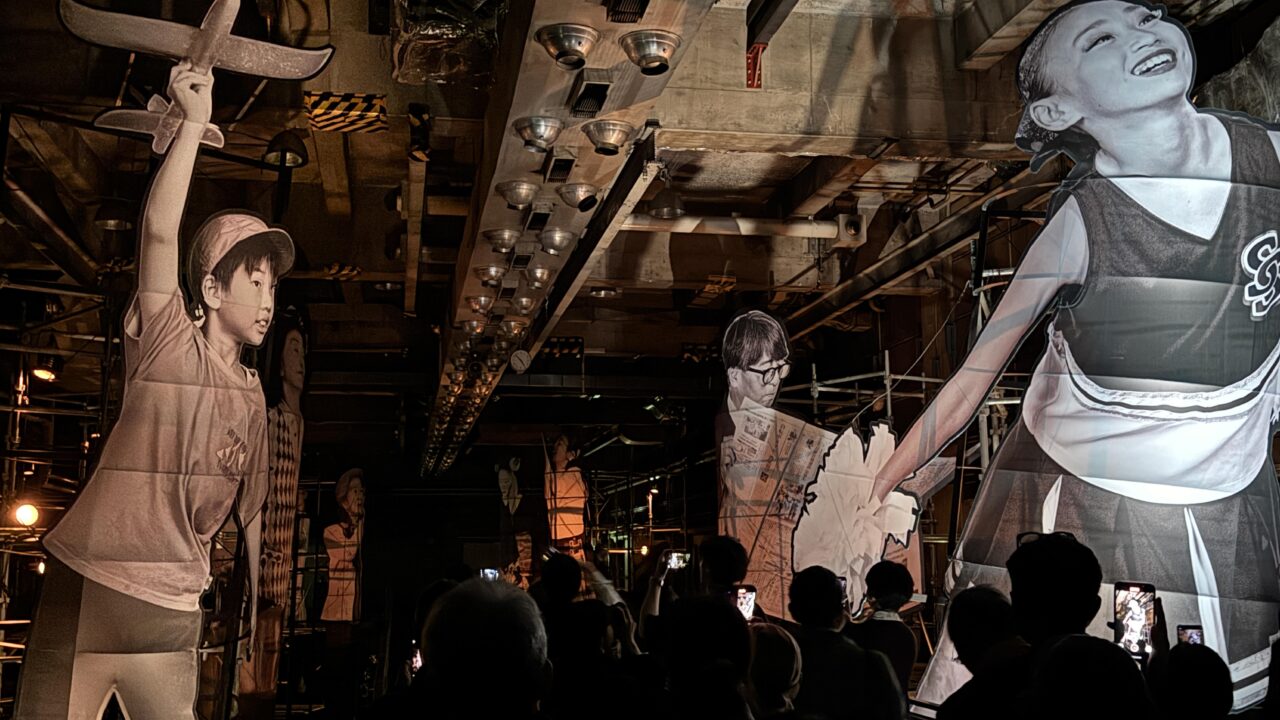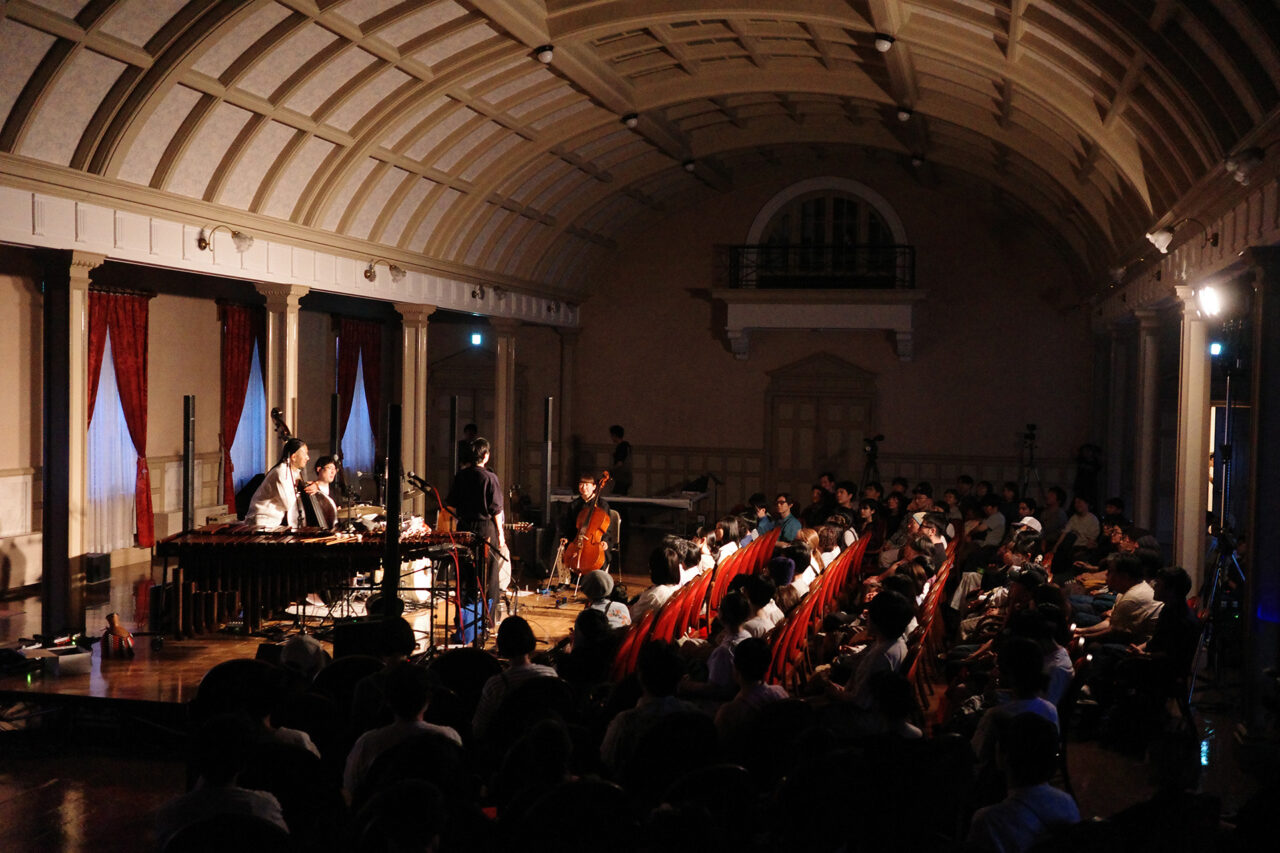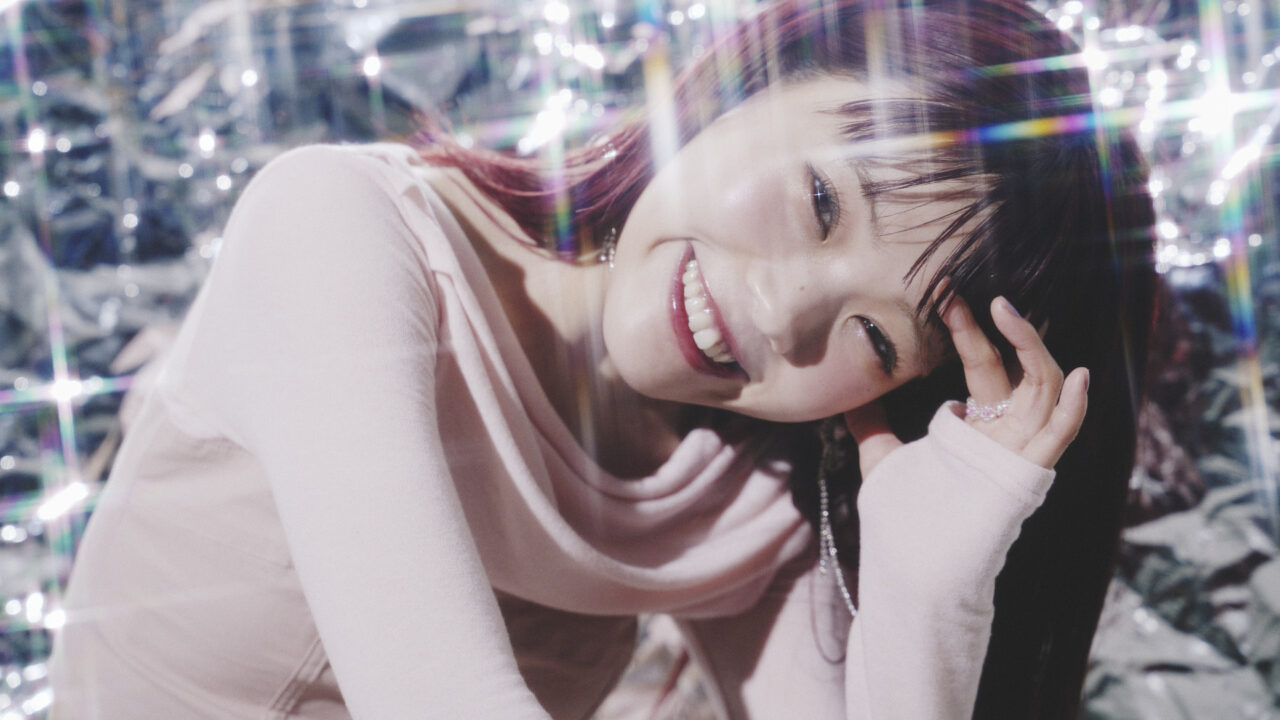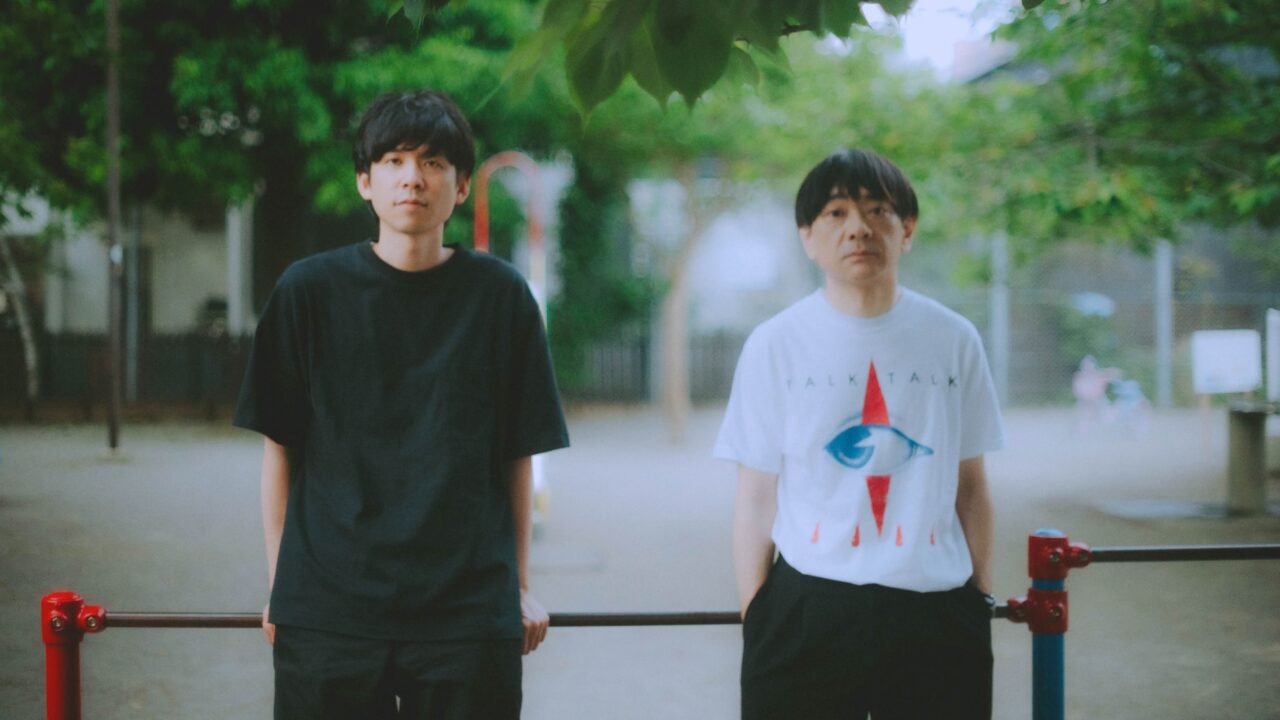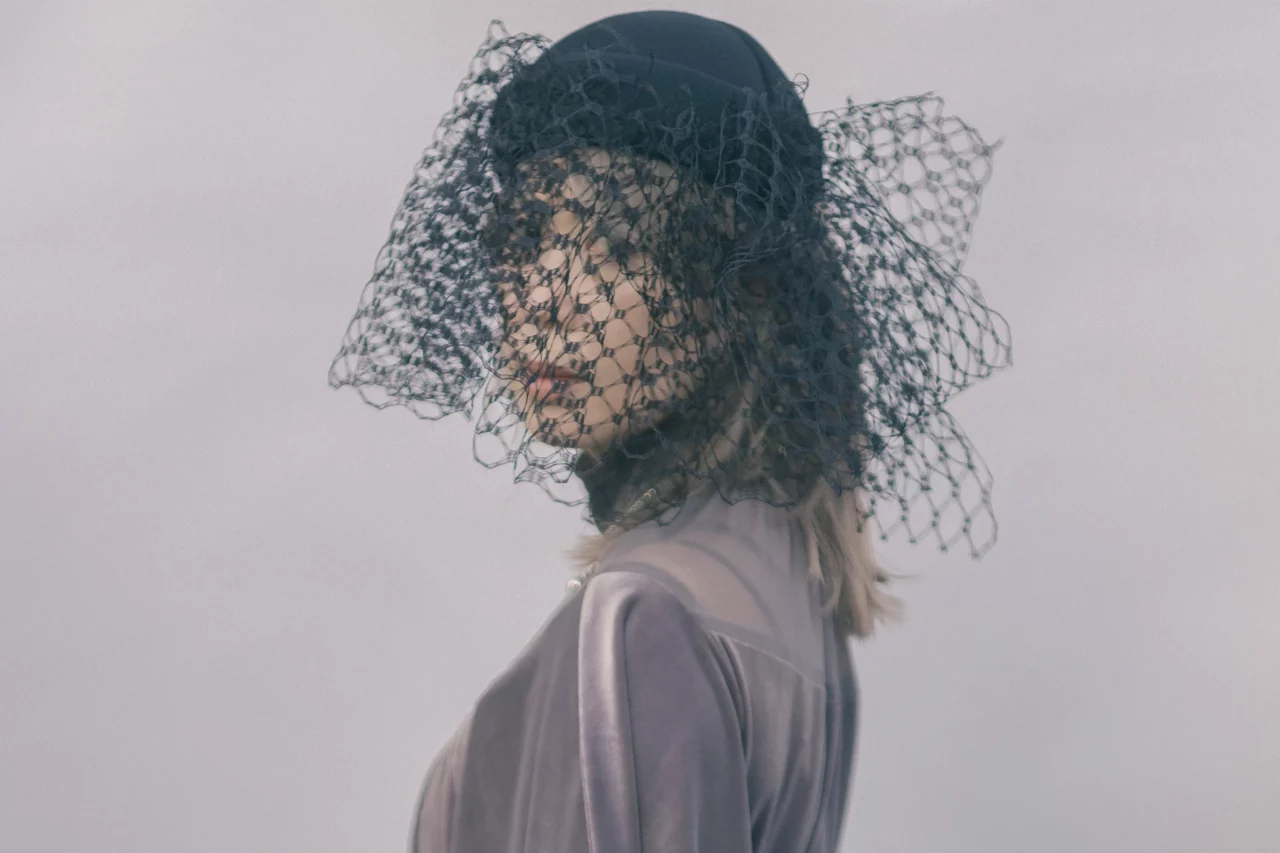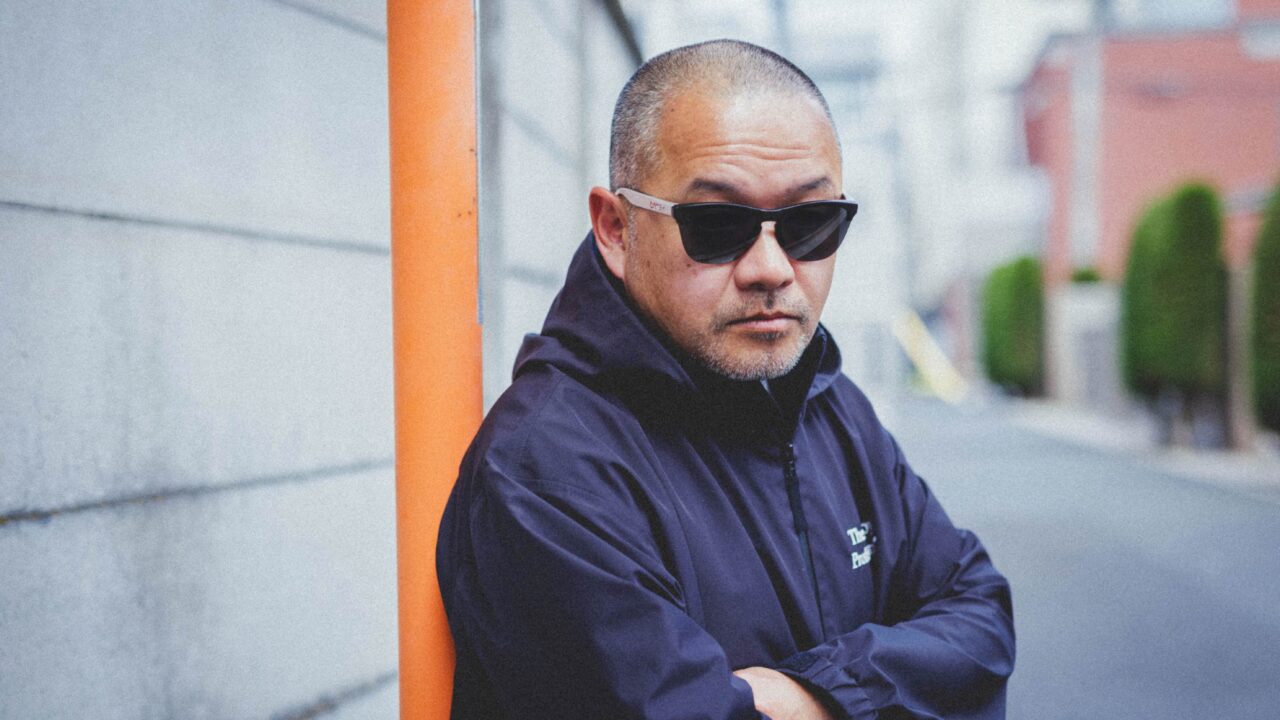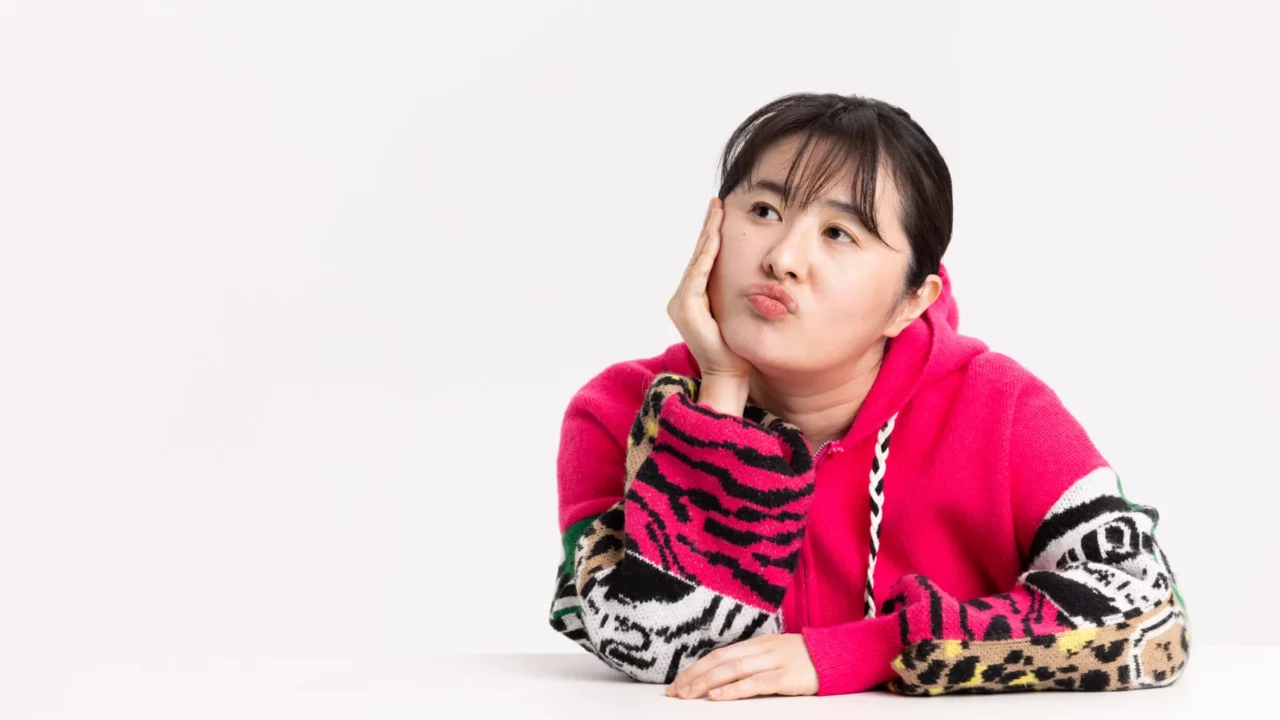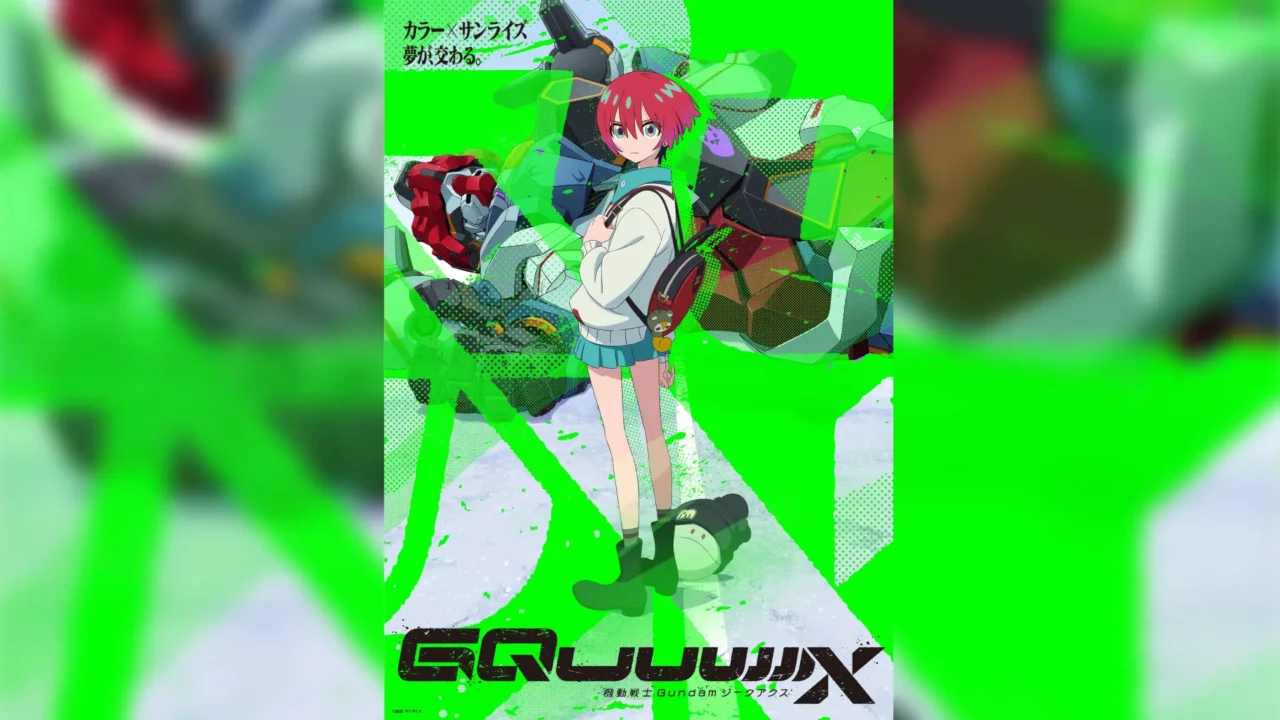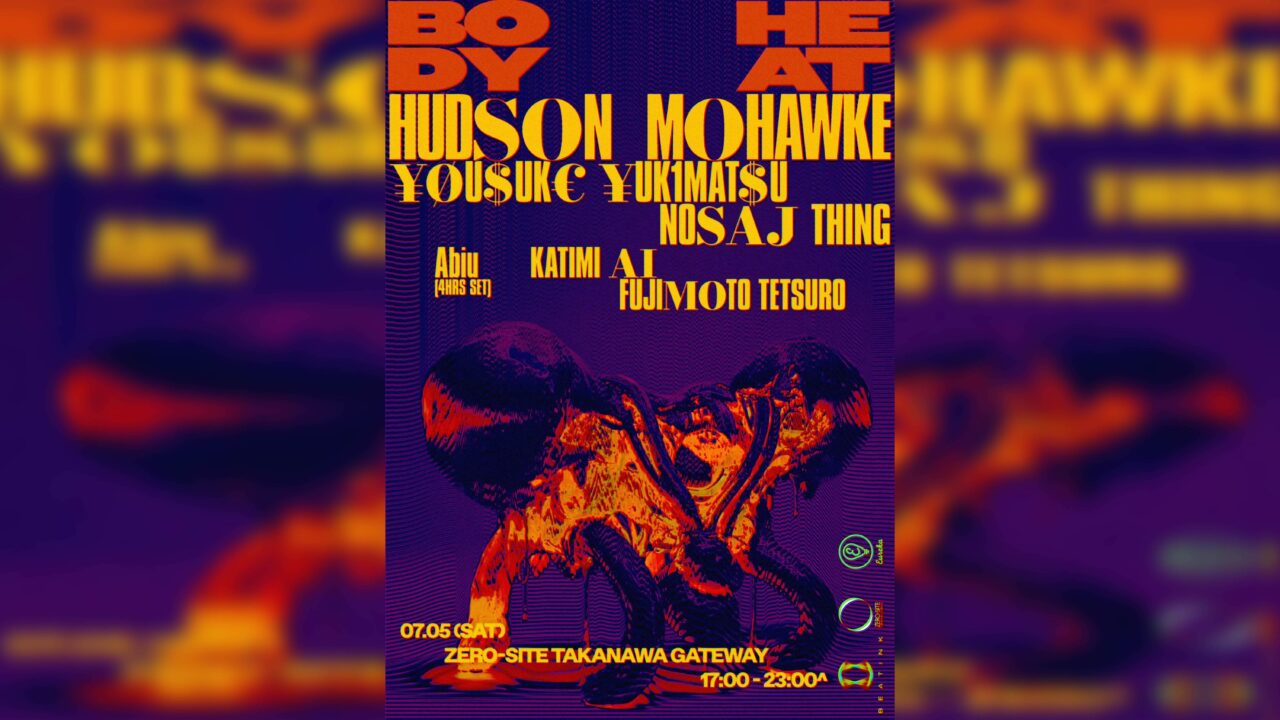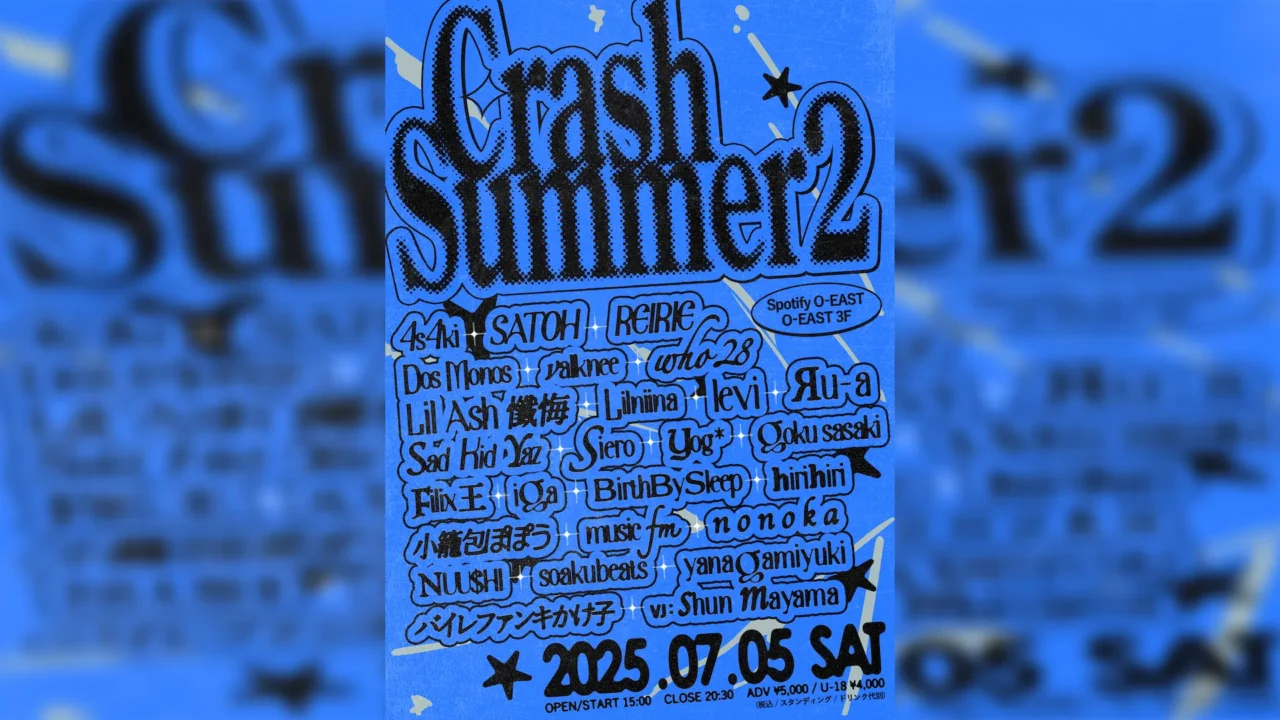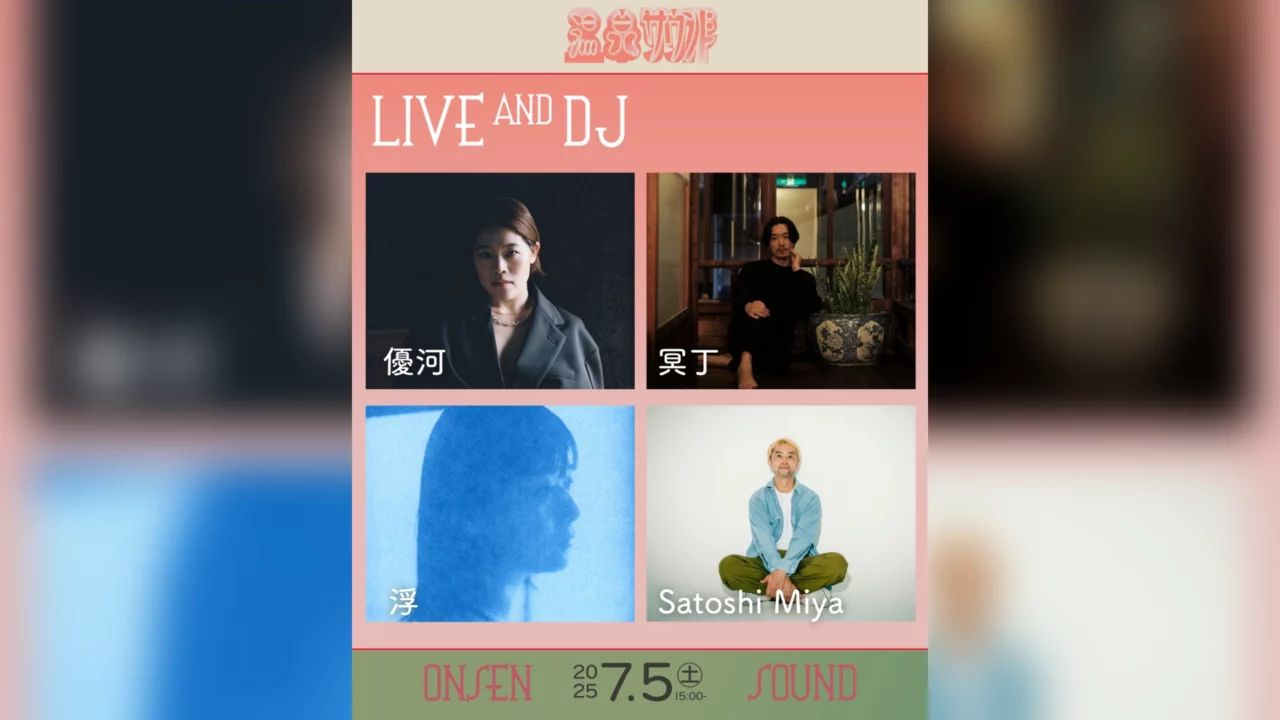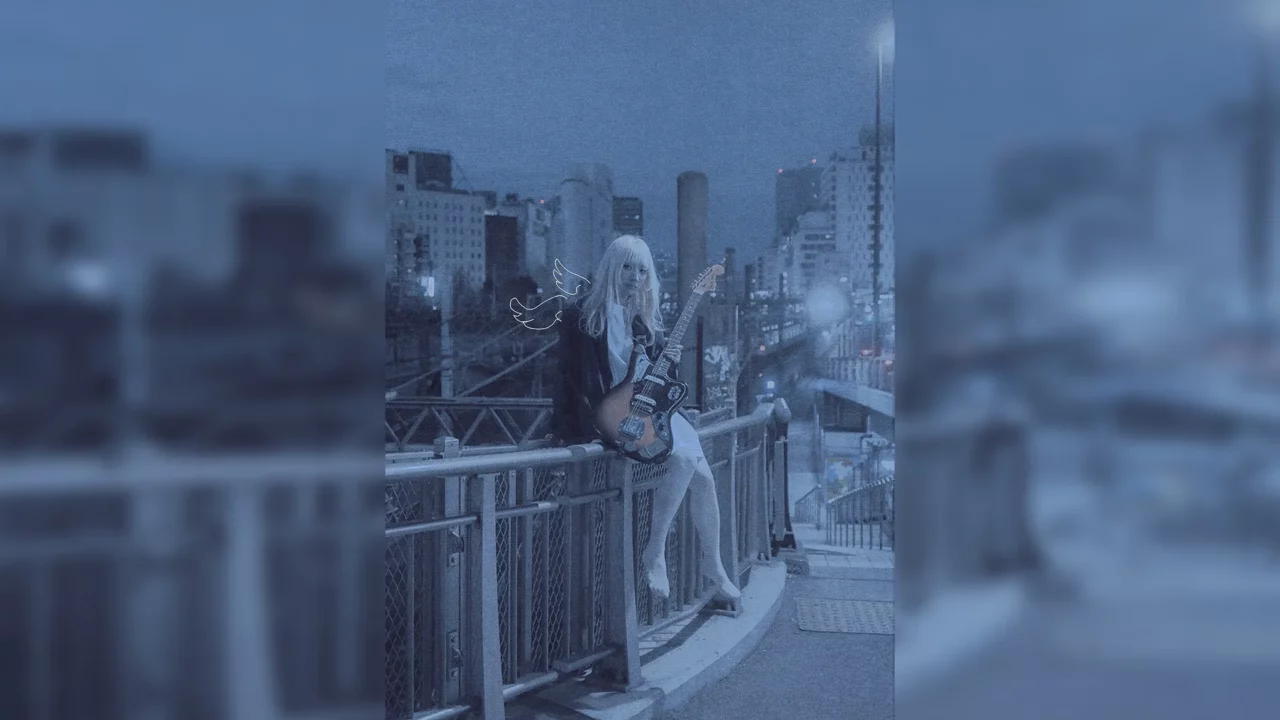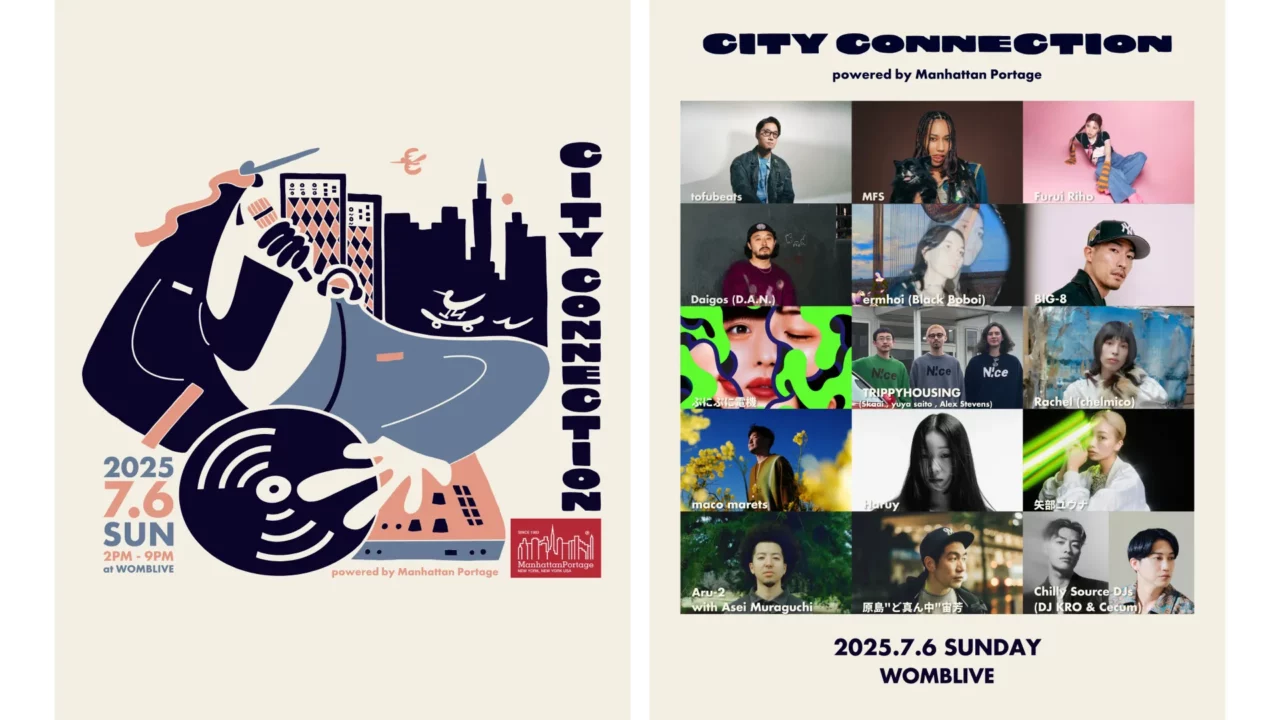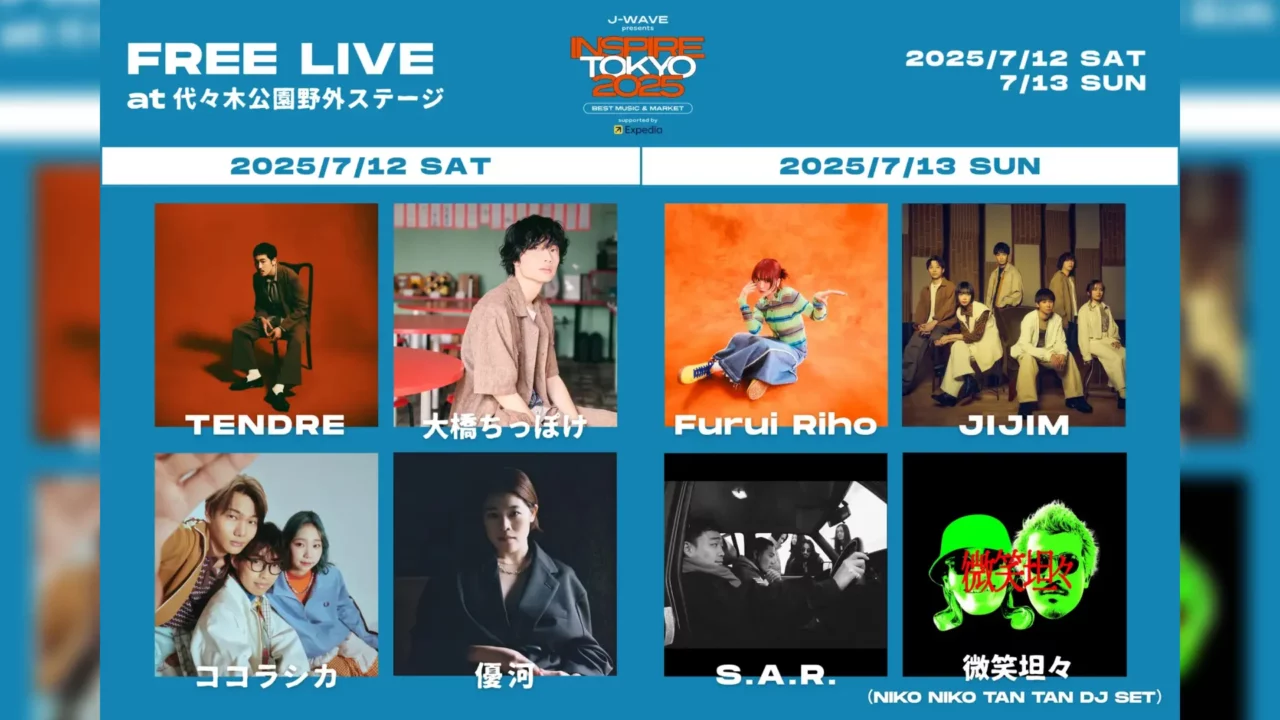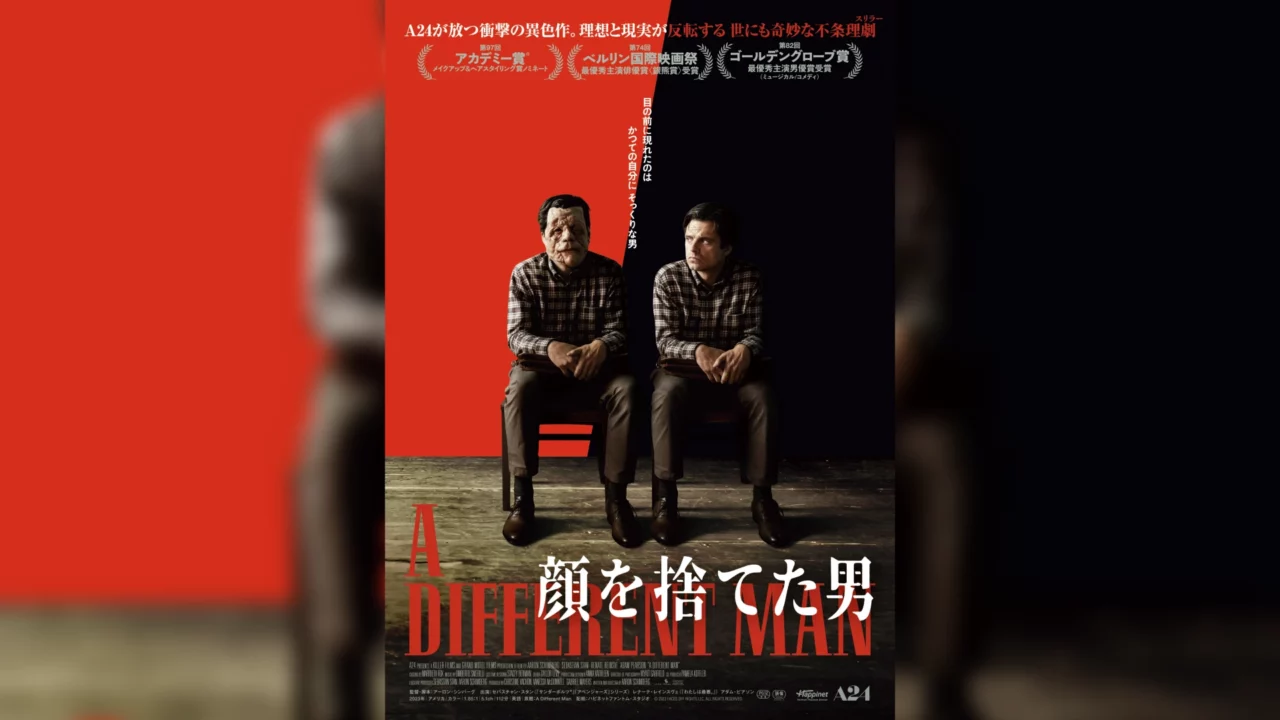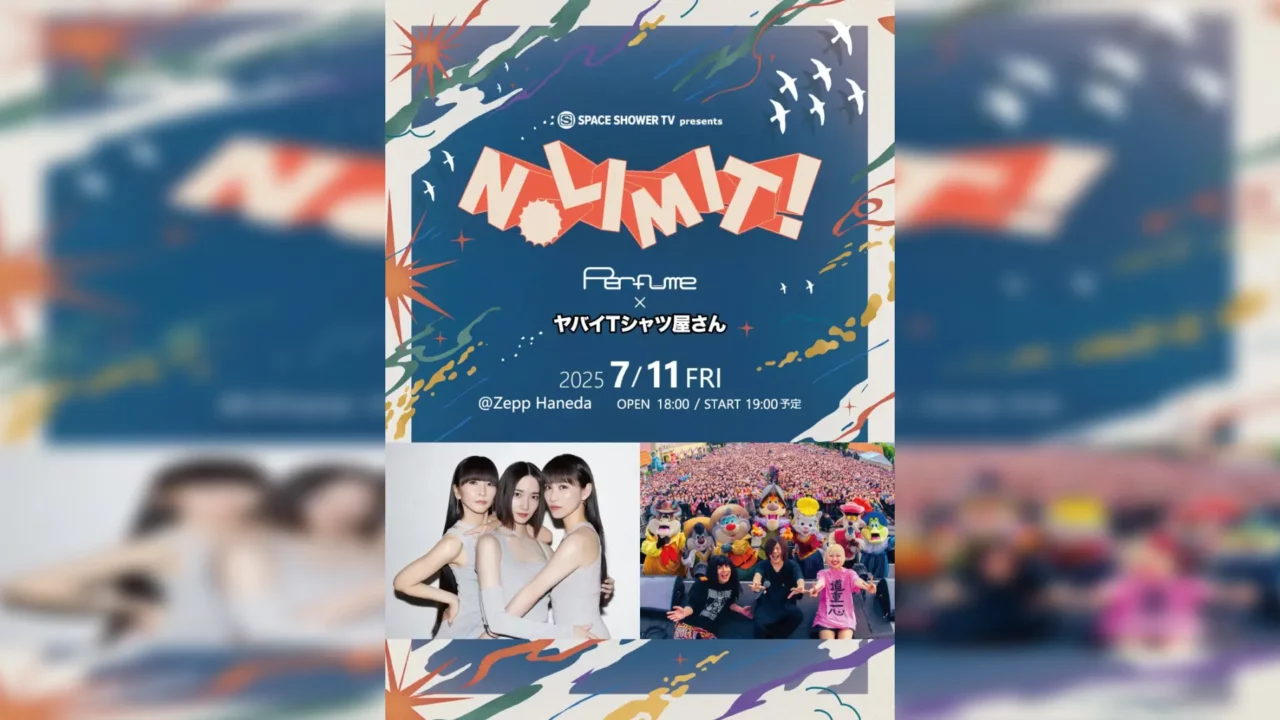Filmmaker Oda Kaori reflects on the completion of her film “Thus a Noise Speaks” (2010), which focused on herself and her family: “I couldn’t find any more messages I wanted to convey within myself. At that point, I could have stopped making films.” However, Oda has ultimately not let go of filmmaking, because she believes there are voices she must share through her work, and that there are those in the distant future who will receive these voices.
After studying for three years as a first-year student at “film.factory,” led by Hungarian director Béla Tarr, Oda ventured into Bosnian coal mines 300 meters underground and a spring in Mexico where sacrifices were reportedly made. In her new work “Underground”, Oda focuses on the underground world of various locations in Japan. In light of its release, she reflects on her journey, her thoughts on “camera ethics,” and her motivations for filmmaking.
INDEX
From Basketball to Camera: A Journey of Transformation
To start, could you tell us a bit about your journey? You’ve mentioned in several interviews that you played basketball from elementary through high school. It sounds like you were pretty serious about it.
Oda: Yes, I started playing mini-basketball around 4th or 5th grade. I’m not one to boast, and I wasn’t particularly great, but in middle school, I made it onto the Osaka prefecture team, and in high school, I was aiming for the national sports festival.
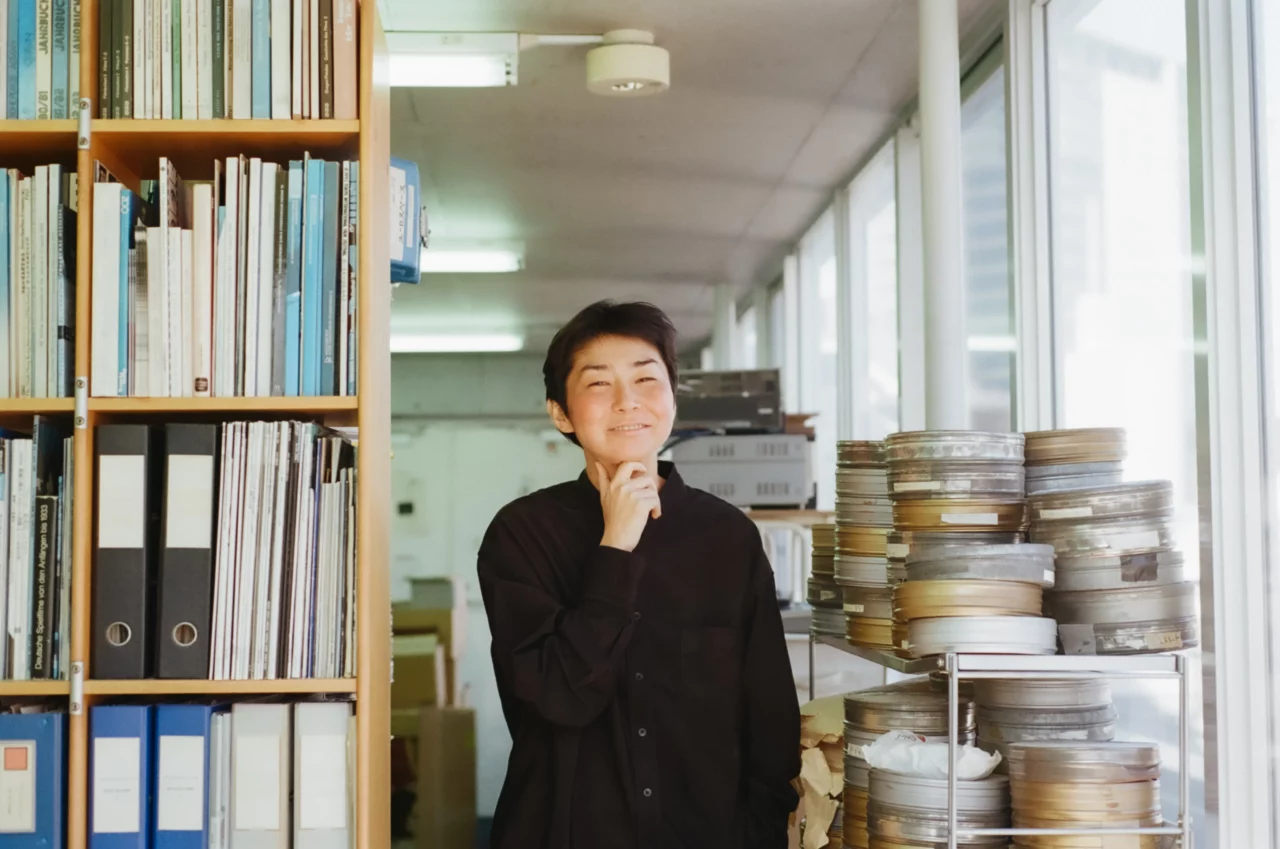
Born in Osaka Prefecture in 1987, Kaori Oda is a filmmaker. She graduated from the Film Studies program at Hollins University in 2011. Her graduation project, the short film Thus a Noise Speaks, won the Audience Award at the Nara International Film Festival. In 2013, she joined the first cohort of film directors in film.factory, a program led by the renowned filmmaker Béla Tarr. Her feature films include Mineral ARAGANE (2015), which focuses on a Bosnian coal mine, and Cenote (2019), which explores an underground spring in Mexico. Her latest feature, Underground, will be released on March 1, 2025.
Did you ever consider continuing as a basketball player?
Oda: I knew I wasn’t going to be an Olympic athlete, but I thought I’d probably continue basketball by joining a company and playing in a corporate team. Basketball was my whole world, so it felt inevitable.
But in my first year of high school, I tore a ligament, went through rehab, tore it again, and eventually couldn’t run anymore. At that point, I wasn’t that passionate about basketball anymore. It wasn’t just because of the injury; it was because the coach at my high school was very violent. If you made a mistake, it would lead to violence, so I just thought, “I’ve had enough,” and walked away. I was kind of brainwashed at that time.
What made you choose Hollins University in the U.S. for your studies?
Oda: I think I had a feeling of wanting to escape as far away as possible. In high school, I was in a dorm, and everything was confined to the campus. You weren’t allowed to have a cellphone, and the access to information was limited, so I wanted to know what was beyond the campus.
Also, there was an English teacher who had talked about her experiences abroad during class. Her stories were interesting, and I think that left a positive impression on me—like, “That sounds great.”
So you started preparing for entrance exams after that.
Oda: Yes. We entered high school on a sports scholarship, so as long as we won games, we could sleep through class without getting into too much trouble. I didn’t study at all. But when I stopped playing basketball in my second year, I thought, “What should I do now?” and decided to study English. Before studying abroad, I attended a short-term program at Kansai Gaidai University, although I didn’t learn much. Still, I studied foreign languages for two years, and then transferred to an American university.
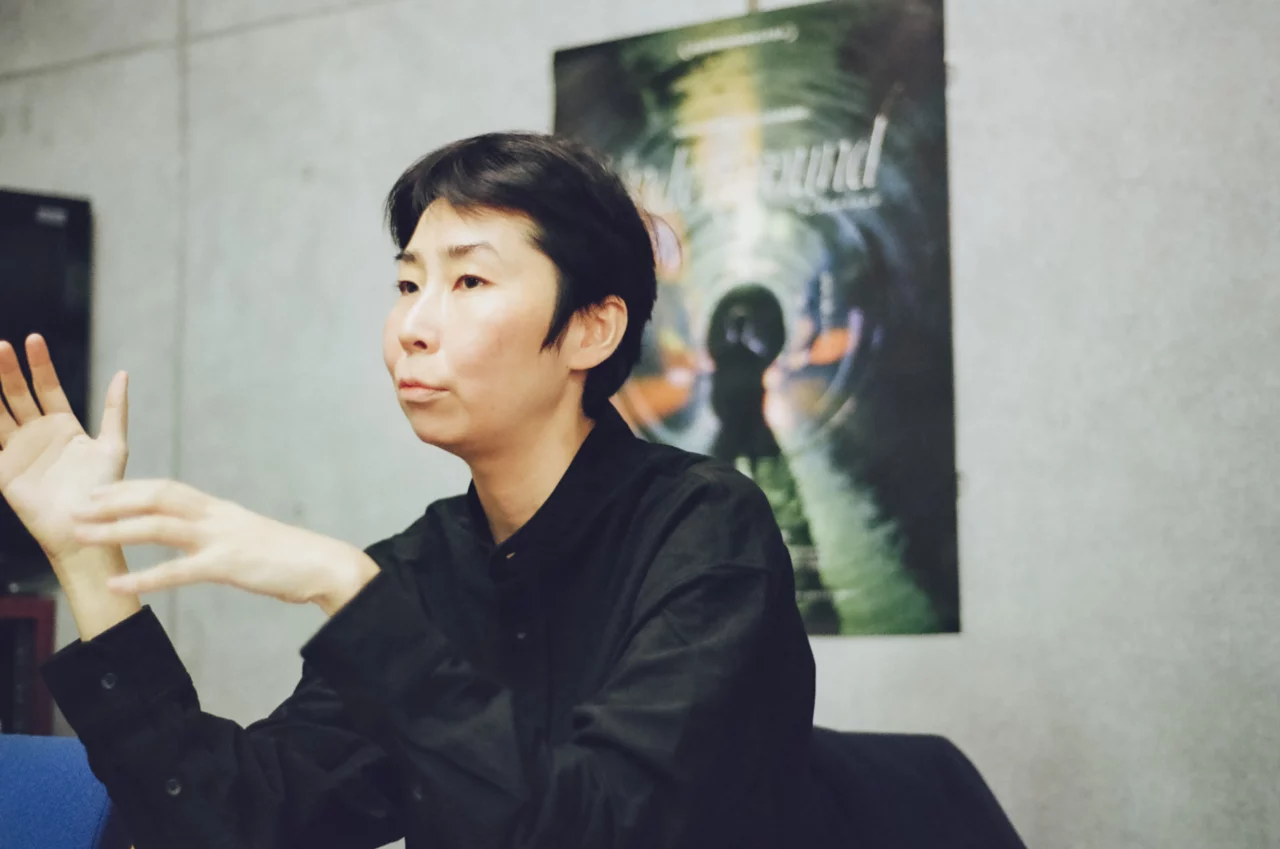
What made you choose the Liberal Arts Film Program at Hollins University?
Oda: When I couldn’t play basketball anymore, I thought that whatever I did next, it should be something I could do for the rest of my life. I told the person helping me with my study abroad plans that I wanted to try drawing or using a camera. But they said it would be difficult to go to an art school since I didn’t have a portfolio. So, I applied to Hollins University, where they had classes that involved working with cameras.
When I started university, the first equipment we used in class was a Bolex film camera and DV tapes. Given my generation, it was a big deal that there were already machines where you could press a button and start recording. I remember thinking, “If I press this red button, I can at least start recording.”
